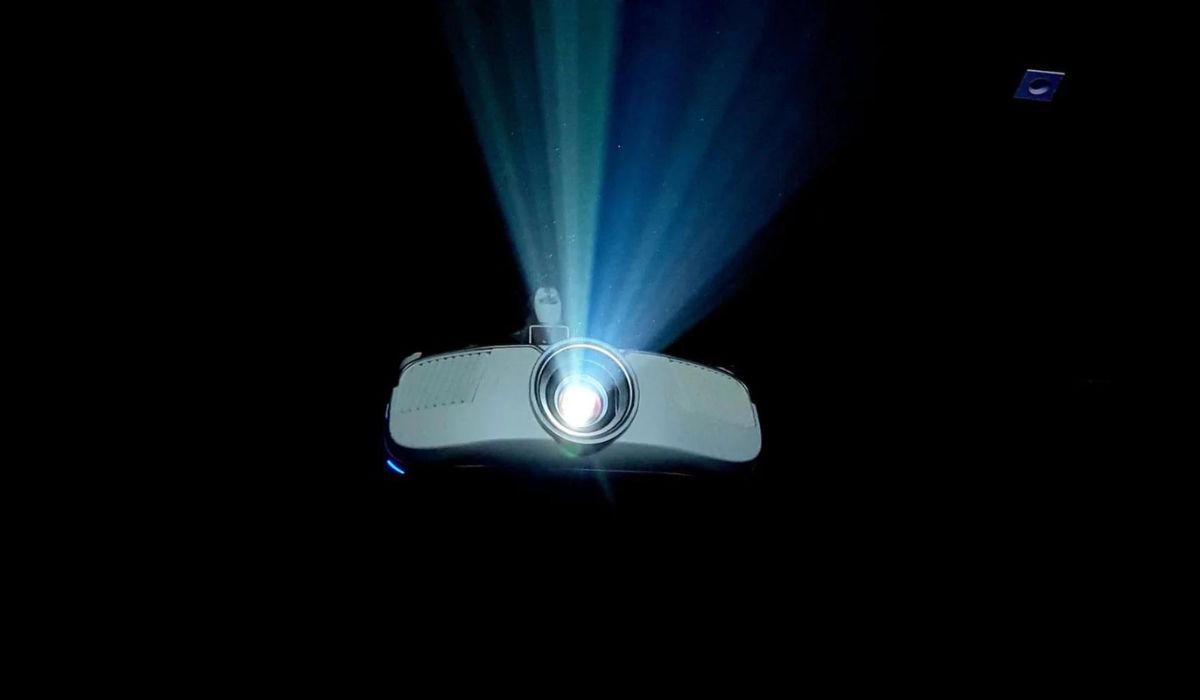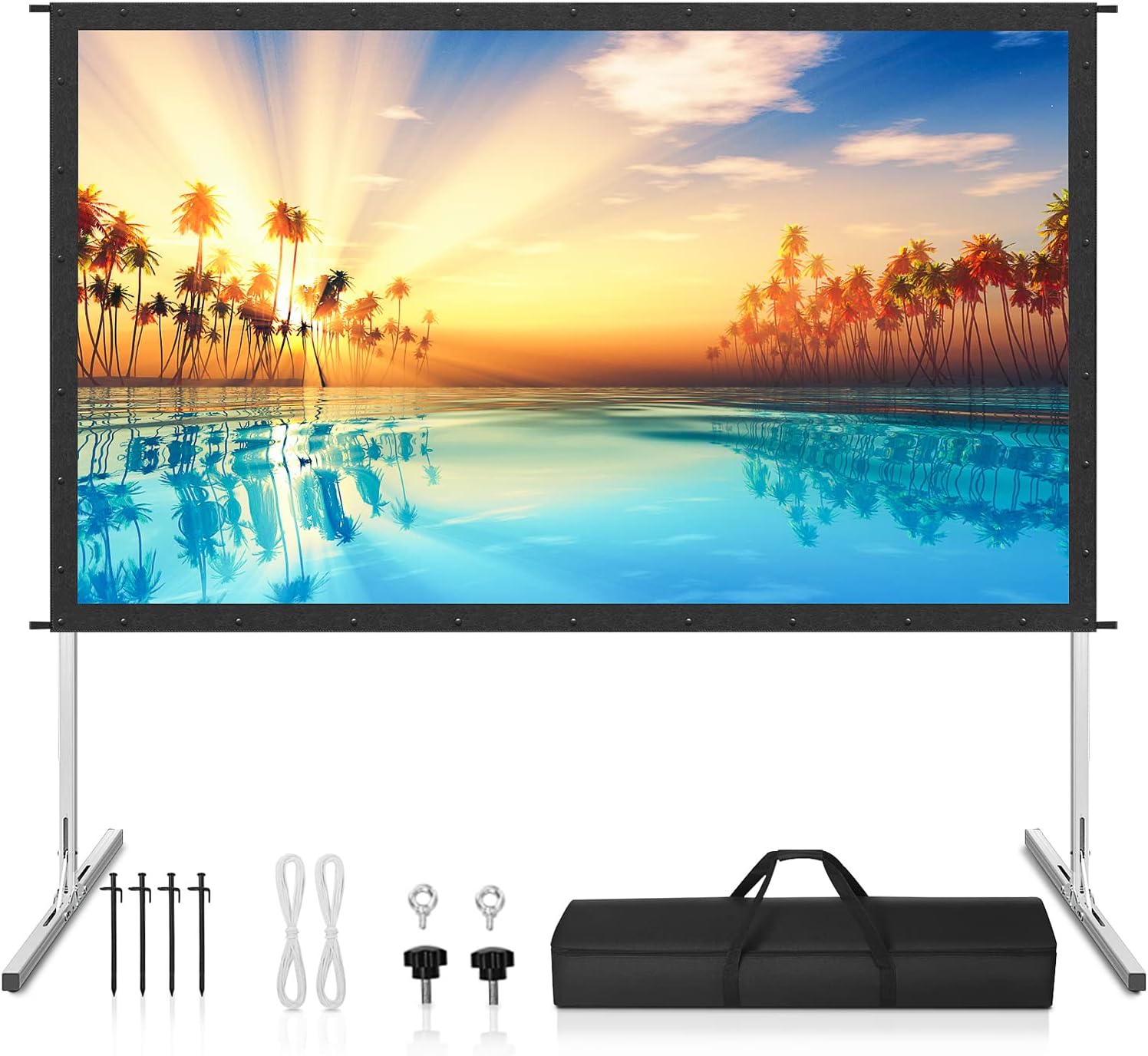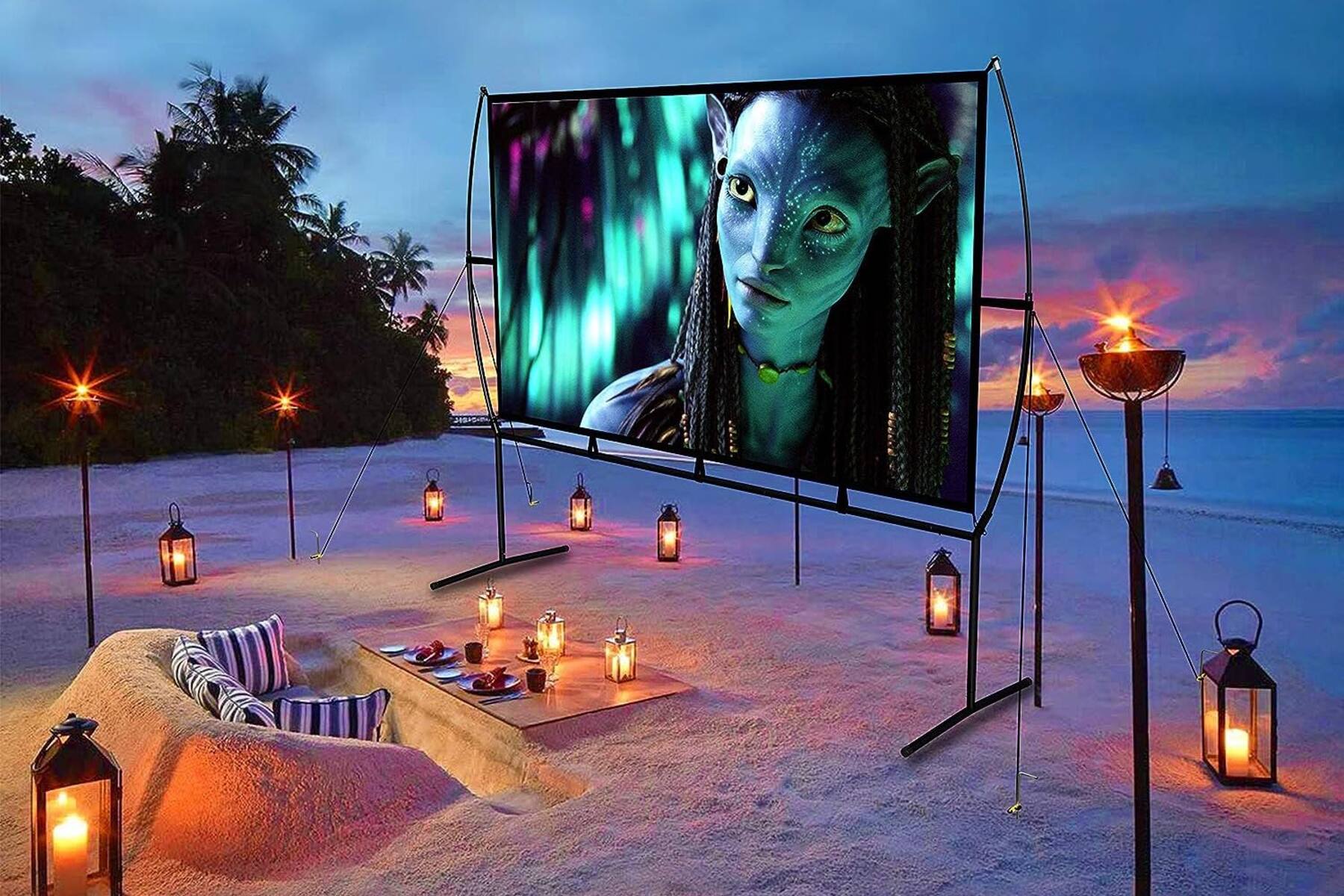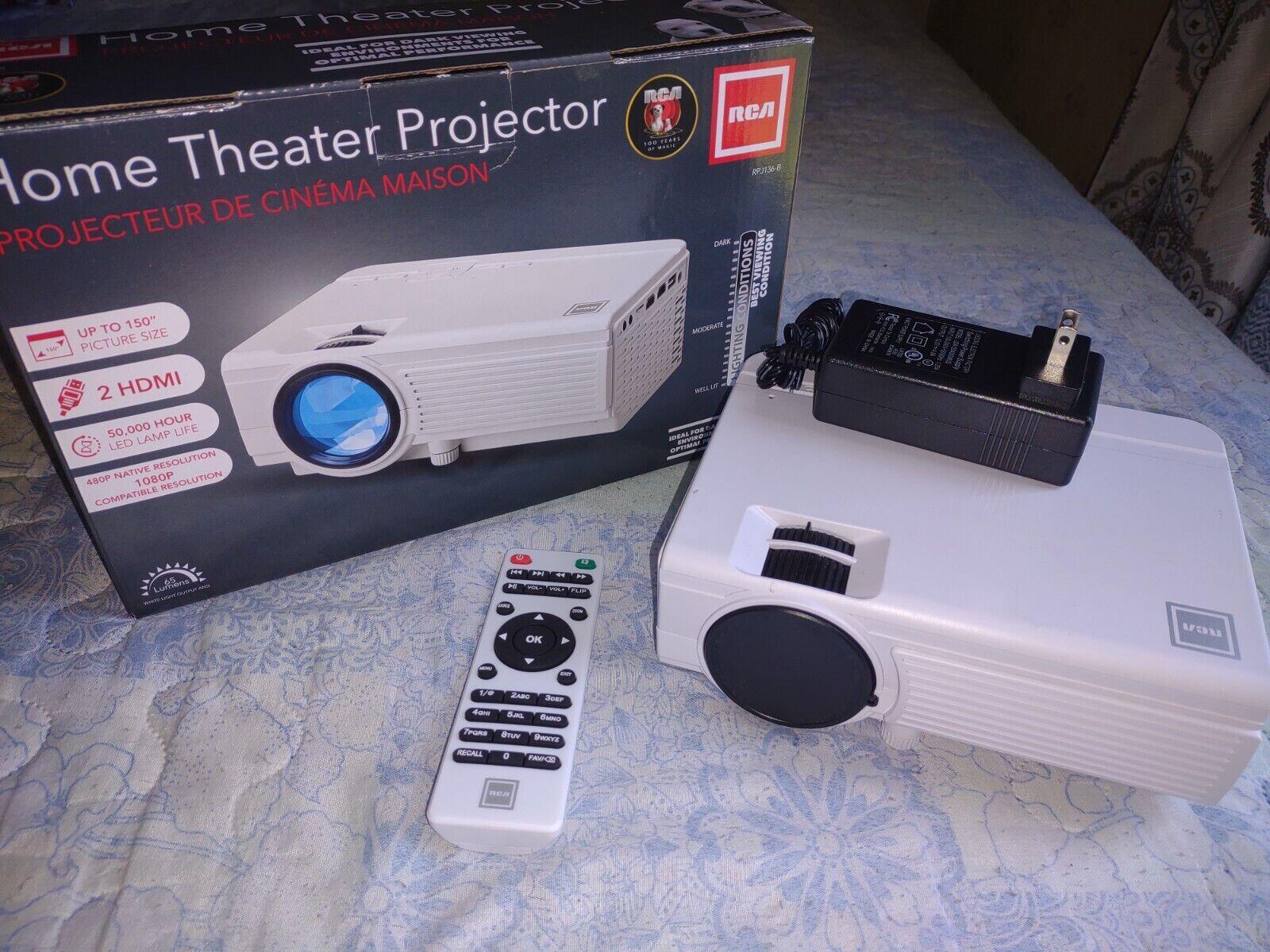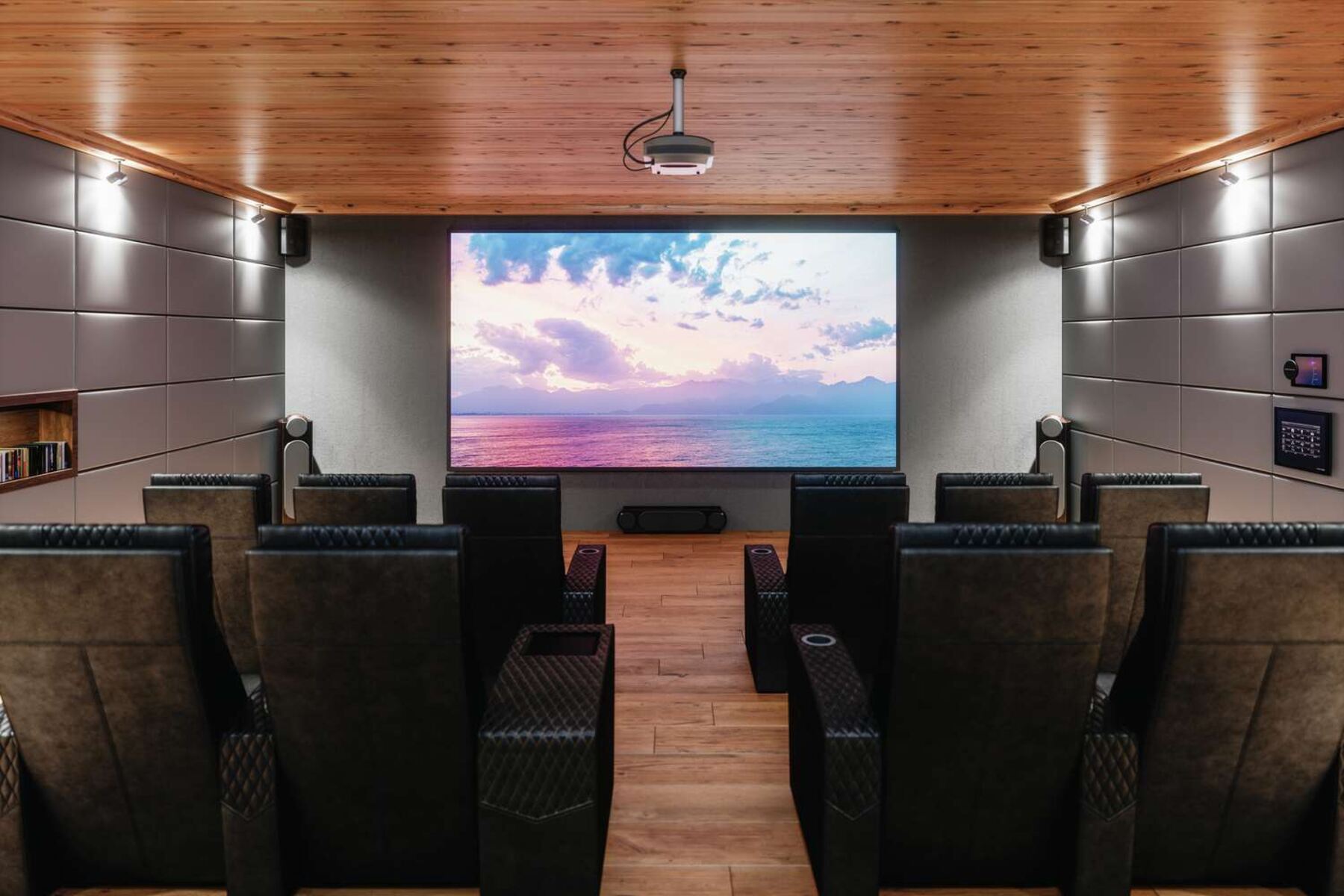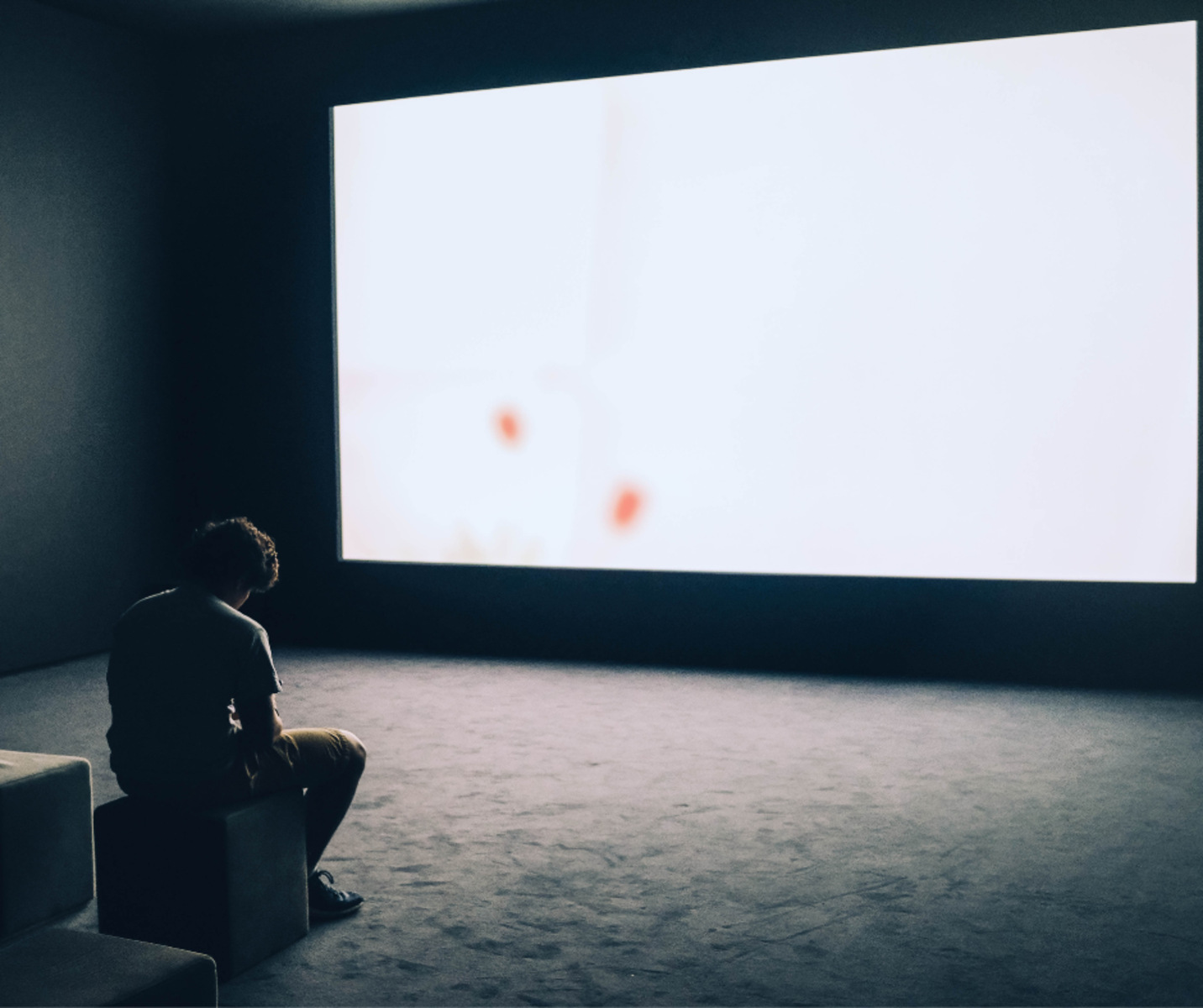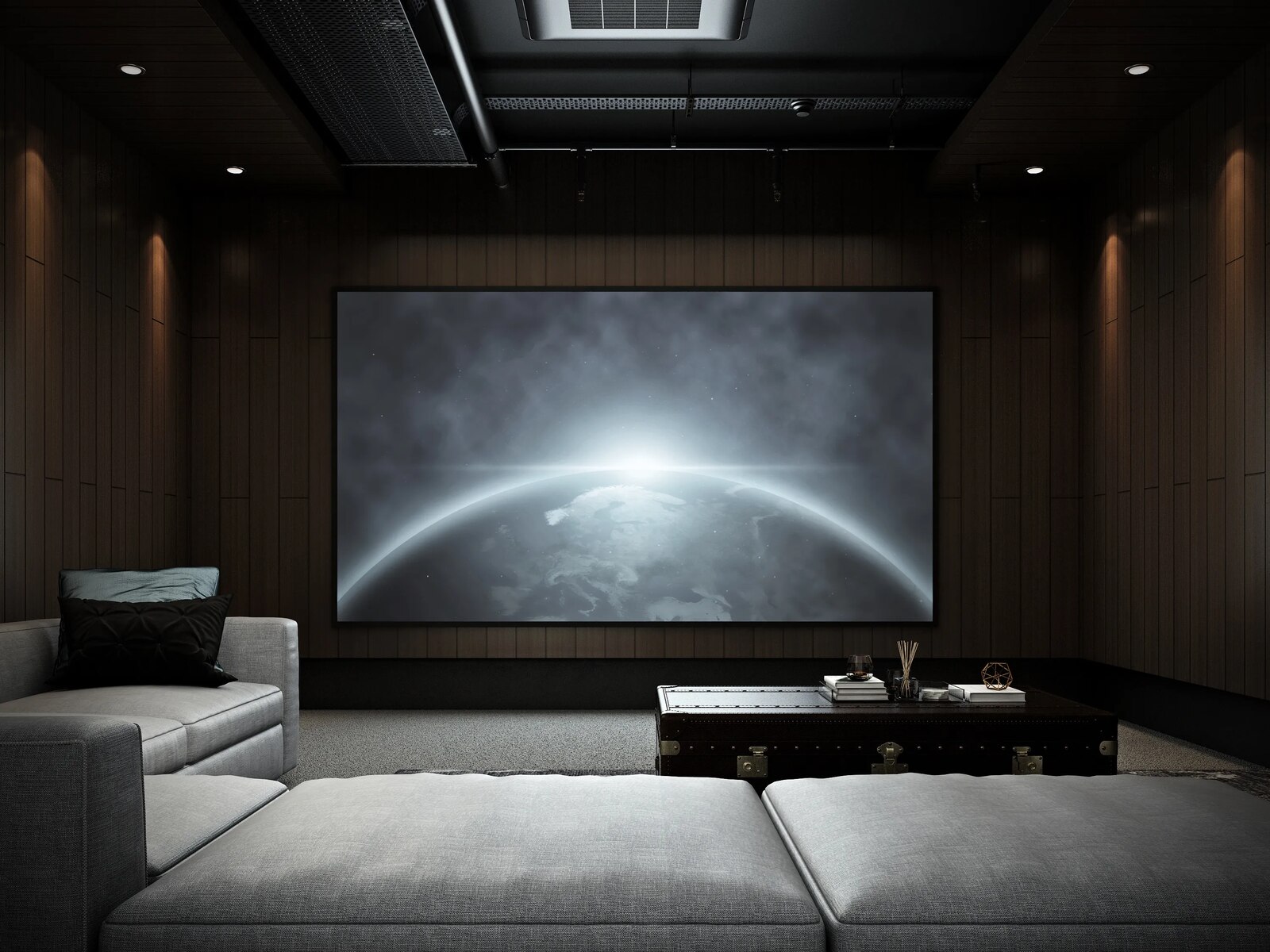Understanding Your Needs
Before diving into the world of home theater projectors, it’s crucial to assess your specific requirements and preferences. Understanding your needs is the fundamental step in selecting the right projector for your home entertainment setup. Consider the following factors to guide your decision-making process:
- Intended Use: Determine the primary purpose of the projector. Are you mainly interested in watching movies, gaming, or creating a home theater experience for sports events? Your intended use will influence the features and specifications you should prioritize.
- Room Environment: Evaluate the characteristics of the room where the projector will be installed. Factors such as ambient light, room size, ceiling height, and the availability of wall space for screen projection will impact your choice of projector.
- Audio Integration: Assess whether you require built-in speakers or plan to integrate the projector with a separate audio system. Understanding your audio needs will help in selecting a projector that complements your desired sound setup.
- Long-Term Plans: Consider your long-term plans for the projector. Are you looking for a future-proof device with advanced features, or is a basic model sufficient for your current needs? Understanding your long-term expectations can guide your investment decisions.
- User-Friendly Interface: Determine the level of technical expertise among the users who will operate the projector. If the setup will be used by individuals with varying technical abilities, a user-friendly interface and intuitive controls should be a priority.
By comprehensively understanding your needs and preferences, you can effectively narrow down the options and focus on projectors that align with your specific requirements. This initial step sets the foundation for a well-informed decision-making process, ensuring that the chosen projector seamlessly integrates into your home entertainment ecosystem.
Considerations for Room Size and Layout
When selecting a home theater projector, it’s essential to carefully consider the size and layout of the room where the device will be installed. The following factors play a pivotal role in determining the suitability of a projector for a specific room:
- Room Dimensions: Take precise measurements of the room to determine the available space for projector placement and screen projection. Consider the distance between the projector and the screen, as well as the viewing distance from the screen to the seating area.
- Ambient Light: Assess the level of ambient light in the room, including natural light from windows and artificial lighting. Rooms with high ambient light may require projectors with higher brightness levels to maintain image clarity and vibrancy.
- Ceiling Height and Mounting Options: Evaluate the ceiling height to determine the feasibility of ceiling-mounted or shelf-mounted projector installations. Additionally, consider the projection angle and the availability of adjustable lens shift and keystone correction features to optimize the image alignment.
- Screen Placement: Determine the ideal location for the projector screen, considering factors such as wall space, obstructions, and the screen’s impact on the overall room aesthetics. The screen placement should offer optimal viewing angles for the audience.
- Seating Arrangement: Analyze the seating layout within the room to ensure that the projector’s throw distance and screen size can accommodate comfortable viewing from various seating positions. This consideration is crucial for creating an immersive viewing experience for all viewers.
By carefully evaluating the room size and layout, you can make informed decisions regarding the projector’s placement, screen size, and technical specifications. This tailored approach ensures that the selected projector seamlessly integrates into the room environment, delivering an immersive and visually captivating home theater experience.
Resolution and Image Quality
When exploring home theater projectors, the resolution and image quality are critical factors that directly influence the viewing experience. Understanding the significance of resolution and image clarity can guide your decision-making process:
- Resolution Options: Home theater projectors are available in various resolutions, including Full HD (1920×1080), 4K Ultra HD (3840×2160), and even higher resolutions for commercial-grade projectors. Higher resolutions result in sharper and more detailed images, especially when viewing large-screen projections.
- Pixel Density: Consider the pixel density associated with different resolutions. Higher pixel density, as seen in 4K projectors, offers enhanced clarity and minimizes the visibility of individual pixels, resulting in a more immersive viewing experience, particularly for larger screens.
- Color Accuracy and Reproduction: Assess the projector’s color accuracy and its ability to reproduce vibrant and true-to-life colors. Look for features such as wide color gamut support and color calibration options to ensure accurate and vivid color reproduction.
- Contrast Ratio: Evaluate the projector’s contrast ratio, which determines the distinction between the brightest and darkest parts of the image. A higher contrast ratio contributes to deeper blacks and improved image depth, enhancing the overall visual impact of the projected content.
- Image Processing Technologies: Explore the projector’s image processing capabilities, including features such as HDR (High Dynamic Range) support, image interpolation, and motion enhancement technologies. These technologies can significantly enhance the perceived image quality and visual fluidity during fast-paced scenes.
By prioritizing resolution and image quality, you can tailor your projector selection to align with your expectations for visual fidelity and immersive viewing experiences. Whether you prioritize razor-sharp details, vibrant colors, or cinematic contrast, understanding the nuances of resolution and image quality empowers you to make an informed choice that elevates your home theater setup.
Brightness and Contrast Ratio
When evaluating home theater projectors, the considerations of brightness and contrast ratio are pivotal in ensuring an engaging and visually captivating viewing experience. Understanding the significance of these factors can guide your decision-making process:
- Brightness Levels: Assess the projector’s brightness, measured in lumens, to determine its suitability for the intended viewing environment. Rooms with higher ambient light levels, such as living rooms with windows, may require projectors with higher brightness to maintain image clarity and vibrancy.
- Ambient Light Control: Consider the room’s lighting conditions and the availability of ambient light control options. For rooms where controlling ambient light is challenging, such as multipurpose spaces, selecting a projector with high brightness capabilities becomes essential for optimal image visibility.
- Contrast Ratio: Evaluate the projector’s contrast ratio, which defines the distinction between the brightest and darkest parts of the image. A higher contrast ratio contributes to deeper blacks and enhanced image depth, resulting in more immersive and impactful visual experiences.
- Dynamic Range: Consider the projector’s dynamic range capabilities, particularly in relation to HDR (High Dynamic Range) support. HDR-compatible projectors can deliver a wider range of brightness and color, resulting in more lifelike and nuanced image rendering, especially for HDR content.
- Adaptive Image Adjustments: Explore the projector’s adaptive image adjustment features, such as dynamic iris control and automatic brightness optimization, which can enhance the perceived contrast and overall image quality based on the content being displayed.
By prioritizing brightness and contrast ratio considerations, you can select a projector that harmonizes with your room’s lighting conditions and delivers compelling visual performance. Whether you seek vivid and impactful imagery in well-lit environments or crave cinematic depth and richness in darker settings, understanding the interplay of brightness and contrast ratio empowers you to make an informed choice that elevates your home theater experience.
Throw Distance and Screen Size
Understanding the dynamics of throw distance and screen size is crucial when selecting a home theater projector, as these factors directly impact the visual presentation and spatial requirements of your setup. Consider the following aspects to make informed decisions regarding throw distance and screen size:
- Throw Ratio: Evaluate the projector’s throw ratio, which indicates the relationship between the projector’s distance from the screen and the resulting image size. Understanding the throw ratio helps in determining the ideal projector placement and its compatibility with your desired screen size.
- Optical Zoom and Lens Shift: Explore the projector’s optical zoom capabilities and lens shift adjustments, which can offer flexibility in adjusting the image size and position without physically relocating the projector. These features are particularly beneficial when fine-tuning the projected image to fit your screen dimensions.
- Screen Size Considerations: Assess the available wall or screen space within your room to determine the maximum feasible screen size. Consider the audience’s viewing positions and the desired viewing angles to ensure that the projected image size accommodates optimal viewing experiences for all viewers.
- Room Layout and Seating Arrangement: Analyze the room’s layout and seating arrangement to ascertain the ideal throw distance that ensures a balanced and immersive viewing experience for all viewers. Consider the projector’s throw range and the impact of throw distance on image clarity and brightness.
- Aspect Ratio Compatibility: Verify the projector’s compatibility with different aspect ratios to accommodate varied content formats. Whether you prefer standard 16:9 widescreen content or cinematic 2.35:1 aspect ratios, ensuring compatibility enhances the versatility of your home theater setup.
By comprehensively understanding the interplay of throw distance and screen size, you can tailor your projector selection to align with your spatial constraints and visual preferences. This informed approach ensures that the chosen projector seamlessly integrates with your room layout, delivering a captivating and immersive viewing experience for all your home entertainment endeavors.
Connectivity and Compatibility
When considering a home theater projector, assessing its connectivity options and compatibility with various devices and media sources is essential for seamless integration into your entertainment ecosystem. Delve into the following aspects to make informed decisions regarding connectivity and compatibility:
- Input Ports and Interfaces: Evaluate the projector’s input ports, including HDMI, USB, VGA, and audio ports, to ensure compatibility with your existing media devices such as Blu-ray players, gaming consoles, streaming devices, and sound systems. The availability of multiple input options enhances the projector’s versatility.
- Wireless Connectivity: Explore the projector’s wireless connectivity features, such as Wi-Fi and Bluetooth capabilities, which enable convenient streaming from compatible devices and facilitate wireless audio transmission to external speakers or soundbars.
- Media Format Support: Verify the projector’s compatibility with various media formats and codecs to ensure seamless playback of content from different sources, including streaming services, external storage devices, and multimedia players.
- Smart Device Integration: Assess the projector’s compatibility with smart devices, such as smartphones, tablets, and voice assistants, to enable effortless screen mirroring, content sharing, and control via dedicated apps or voice commands.
- Compatibility with Streaming Platforms: Consider the projector’s compatibility with popular streaming platforms and content delivery services, ensuring that you can access your preferred streaming content directly from the projector without additional external devices.
By prioritizing connectivity and compatibility considerations, you can select a projector that seamlessly integrates with your existing media devices and aligns with your preferred content consumption methods. This comprehensive approach ensures that the chosen projector serves as a versatile hub for accessing and enjoying diverse media content, enhancing your home entertainment experiences.
Built-in Features and Smart Functionality
When exploring home theater projectors, the presence of built-in features and smart functionality can significantly enhance the overall user experience and convenience. Consider the following aspects to make informed decisions regarding the built-in features and smart capabilities of a projector:
- Integrated Speakers: Assess the quality and power of the projector’s built-in speakers, as well as the availability of audio enhancement technologies, to determine if they meet your audio requirements. Alternatively, consider the flexibility to connect external sound systems for an enhanced audio experience.
- Operating System and Apps: Explore projectors with integrated operating systems, app stores, and pre-installed applications, offering direct access to popular streaming services, media players, and other entertainment apps without the need for external devices.
- Voice Control and Smart Assistants: Consider projectors equipped with voice control capabilities and compatibility with smart assistants, enabling hands-free operation, content search, and smart home integration for enhanced convenience.
- Integrated Media Players: Evaluate projectors with built-in media players that support various file formats, allowing direct playback from USB drives or external storage devices without the need for separate media players.
- Smart Connectivity Features: Look for projectors with advanced connectivity features, such as screen mirroring, wireless content sharing, and seamless integration with smart devices, enabling effortless multimedia streaming and content sharing experiences.
By prioritizing built-in features and smart functionality, you can select a projector that offers a comprehensive and user-friendly entertainment ecosystem. Whether you seek integrated audio solutions, seamless access to streaming platforms, or intuitive smart controls, understanding the range of built-in features and smart capabilities empowers you to make an informed choice that enhances your home theater setup.
Brand Reputation and Customer Support
When considering a home theater projector, the reputation of the brand and the quality of customer support are pivotal factors that contribute to the overall satisfaction and reliability of your purchase. Delve into the following aspects to make well-informed decisions regarding brand reputation and customer support:
- Brand Credibility: Research the reputation and credibility of the projector’s brand within the audio-visual industry. Established brands with a history of delivering high-quality products and innovative technologies often instill confidence in the reliability and performance of their projectors.
- Product Reliability and Durability: Explore customer reviews and expert opinions to gauge the reliability and durability of the brand’s projectors. Assessing the longevity and consistent performance of the products can provide insights into their overall quality.
- Warranty Coverage: Evaluate the warranty coverage offered by the brand, including the duration of the warranty, terms of coverage, and the availability of extended warranty options. A robust warranty reflects the brand’s confidence in its products and provides assurance to customers.
- Customer Support Services: Assess the brand’s customer support services, including technical assistance, product troubleshooting, and the availability of dedicated support channels. Responsive and knowledgeable customer support can significantly enhance the post-purchase experience.
- Community Engagement and Resources: Consider the brand’s engagement with its customer community, including the provision of online resources, user forums, and educational materials that facilitate user support, product knowledge, and troubleshooting assistance.
By prioritizing brand reputation and customer support considerations, you can ensure that your projector investment aligns with a trusted brand known for its commitment to product excellence and customer satisfaction. This comprehensive approach empowers you to make an informed choice, backed by the assurance of reliable performance and responsive support services, enhancing your overall home theater experience.
Budget and Value for Money
When navigating the landscape of home theater projectors, the considerations of budget and value for money play a crucial role in determining the most suitable option that aligns with your financial parameters and desired features. Delve into the following aspects to make informed decisions regarding budget and value for money:
- Establishing a Realistic Budget: Begin by defining a realistic budget range for your projector investment, considering your overall home entertainment budget and the importance of the projector within your setup. A well-defined budget serves as a guiding parameter for evaluating available options.
- Feature-to-Cost Ratio: Assess the features and technical specifications offered by projectors within your budget range. Prioritize the features that align with your specific needs and entertainment preferences, ensuring that the selected projector delivers the desired value for the investment.
- Long-Term Utility and Upgradability: Consider the long-term utility and upgradability of the projector within the context of your budget. Assess whether the projected model offers scalability, compatibility with future technologies, and the potential for incremental upgrades to extend its lifespan.
- Comparative Analysis: Conduct a comparative analysis of projectors within your budget range, considering factors such as image quality, connectivity options, brand reputation, and customer support services. This evaluation aids in identifying the projector that offers the best value proposition within your budget constraints.
- Total Cost of Ownership: Evaluate the total cost of ownership, encompassing not only the initial purchase price but also factors such as maintenance costs, lamp replacement expenses, and potential additional accessories or peripherals required for optimal usage.
By prioritizing budget and value for money considerations, you can make an informed investment in a home theater projector that harmonizes with your financial considerations while delivering the desired features and performance. This comprehensive approach ensures that the chosen projector represents a compelling value proposition, enriching your home entertainment experiences without compromising on quality or long-term viability.







